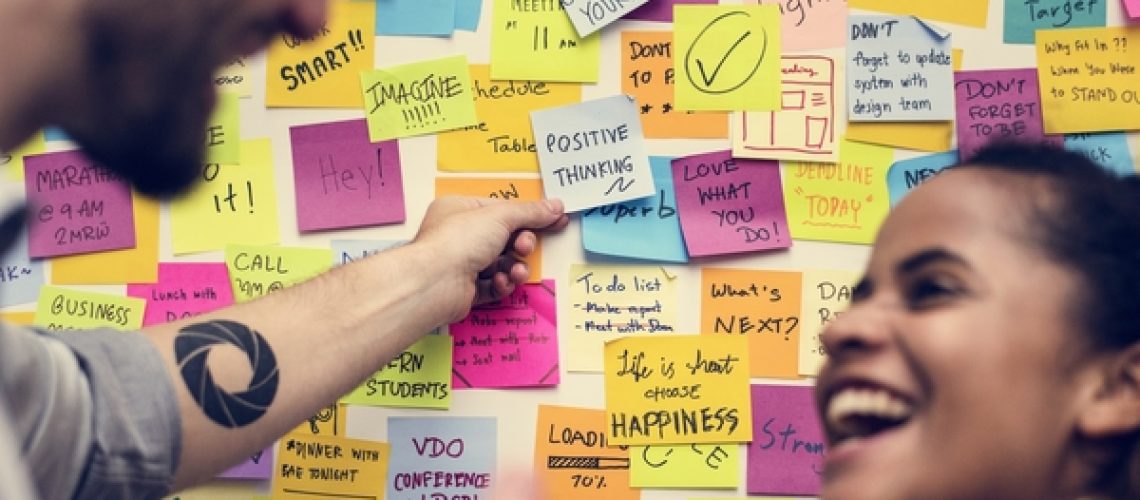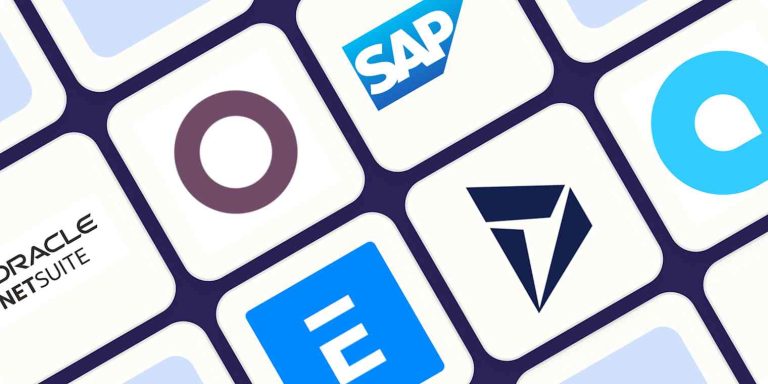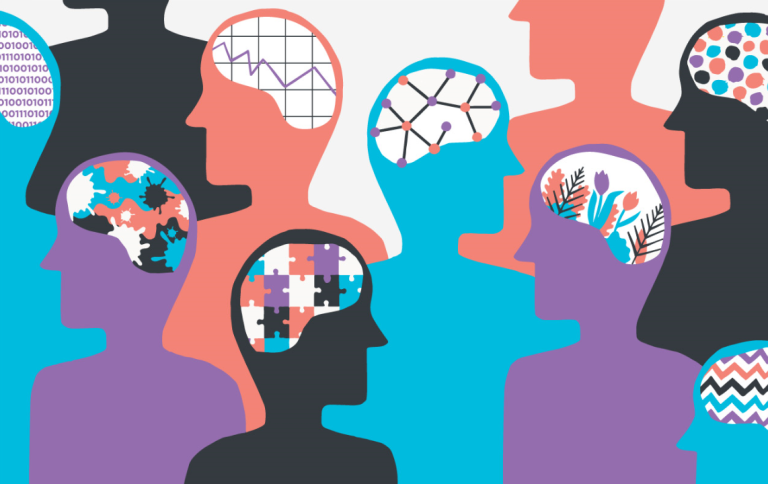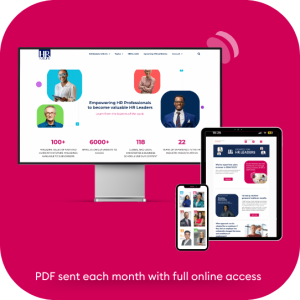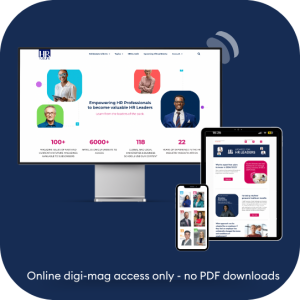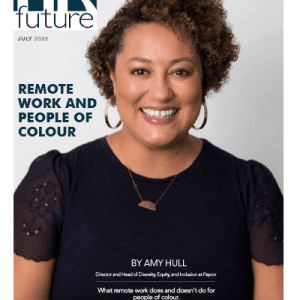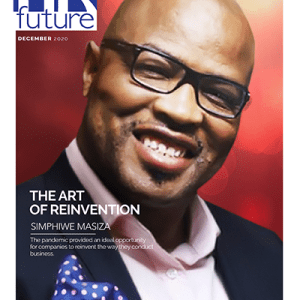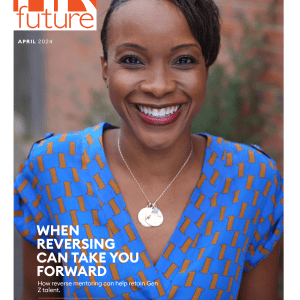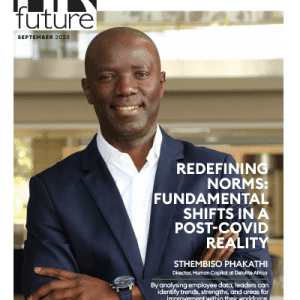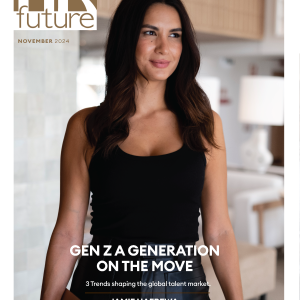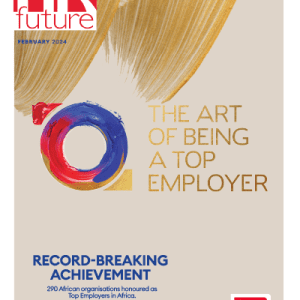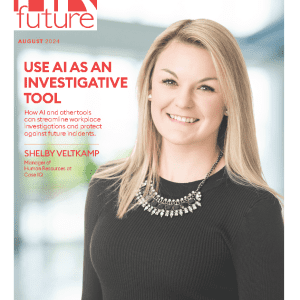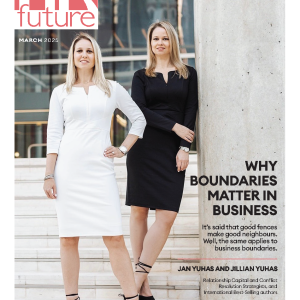5 ways HR can engage their team’s right brain for better creativity and collaboration.
Many of us lead a left-brain dominant life as a consequence of our education, communication, and work environments. What does this mean? Our left brain is efficient and effective. It takes information from the world around us and simplifies it so we can get things done, strengthening our practical, strategic and analytical skills.
In contrast, the right brain experiences the full richness of the world and connects us to the world around us, including other people. To illustrate the difference, imagine your colleague asks you, “Where to you live?”
You will likely tell them your town and maybe the street or a nearby landmark (very useful info to find each other). If someone asks you instead, “What do I see when I stand in front of your house?” … do you notice the picture that instantly pops up in your mind and the sheer amount of information it holds?
When you share some of that image with your colleague, you will inevitably share more information and you will share what matters to you about where you live, which strengthens your connection with your colleague.
While the left brain helps us to be effective, it can also get trapped in its own system, paying attention only to what it already knows. As the right brain sees the whole, anything that is new also first comes into awareness into our right brain which makes the right brain so essential for creativity, bringing new ideas, and finding insights. What is important to know about the right brain is that it processes in images. It’s not for nothing we say “a picture says more than a thousand words”.
Here are five practical ways to engage the right brain for creativity and collaboration with colleagues, leaders and business teams alike. Incidentally, the left brain doesn’t like to lose control, so it’s likely that, when you read the examples below, you might think something like, “This sounds silly.”
That message comes from your left brain. The best way to manage this is to say to yourself, “Let’s be curious and see what happens”.
1. Change the question
“What do you think?” is almost the standard way we proceed once a topic has been introduced in a conversation. Most likely you have asked or have been asked this many times today. For most people, this generates an immediate left-brain response: a logical, structured, argument. Yet once an argument has been stated, many people focus on defending their thoughts or adding additional information that strengthens their argument, rather than investigating their point of view.
If we instead ask, “What do you see, hear or sense?” we invite a right-brain response, which naturally focuses on bringing a situation to life. This gives us a richer picture of the topic at hand, invites exploration and inevitably generates new ideas.
2. Metaphors
Many of you will be familiar with the power of a good metaphor. Whether going after some low-hanging fruit, riding out the financial storm, boiling the ocean or winning the battle – metaphors are often used in business conversations.
Metaphors immediately activate the right brain as they invoke images in our mind. Someone might naturally say, ‘This just feels heavy,’ when referring to a piece of work. Your role is then to capture the image someone gives and make it more visible. A little prompt like, ‘Heavy, tell me more. What kind of heavy…?’ can already invite the right brain to elaborate.
Get someone talking about their metaphor and make the metaphor visible to both of you. Turn on your curiosity. That is all you need. You have to truly see the metaphor in your own mind’s eye, and then look for new ideas that the metaphor inspires.
Not everyone speaks easily in metaphors, yet you can guide someone into a particular type of metaphor. For example, by asking what landscape, colour, sports, music or animal comes to mind when thinking about a person or a situation.
3. Drawing
Drawing works particularly well to illustrate a complicated situation with a lot of history and facts, where the essence can be difficult to summarize in a few words. It naturally focusses the mind and the conversation.
In business meetings, when a discussion gets challenging, often someone walks to the flip chart to draw or write something. When we are looking at a piece of paper together, it instantly impacts the atmosphere which typically becomes more collaborative and stimulates creative thinking.
A big advantage of drawing is that you can find a pen and a piece of paper just about anywhere. Even Zoom and other video conferencing platforms have whiteboards. Often people have some hesitation, saying, for example, “I can’t draw,” yet a small nudge like, “Just a few lines, anything simple to illustrate what’s going on is fine,” can bring someone over the line.
4. Use the body
Involving the right brain stimulates collaboration, but the inverse is also true – to be comfortably present in a conversation, the right brain needs connection – it needs to experience ‘we’. To give a simple illustration … a conversation sitting opposite someone at a conference table is a very different encounter from having the same conversation while taking a walk together.
You will most likely have come across this many times yourself. When we walk next to each other, we are moving forward together while our conversation unfolds. If we disagree, we keep walking together, the ‘we’ experience continues, and as we discuss our differences, we arrive at new perspectives.
When sitting in a meeting room opposite one another, we are easily hooked into being adversaries, even on small things, and we can become polarized and stuck in that dynamic.
More generally, the body language of “we” includes eye contact, smiling, head nods and body orientation. Such information exchange between our bodies is always much faster than any other kind of communication (often even outside our awareness) and with small body movements, we can positively initiate connection and right-brain participation alike.
5. Engage the senses
Information from all the senses streams into your right brain. Talk outside and feel the sun on your face, have a coffee and enjoy the smell of your favourite beans, notice the art on the office walls or the textures of materials around you. Making the effort to really notice your senses brings you into the present moment, snapping you out of your ivory thinking tower, and you will see how other people in the room are and the ingredients for a collaborative solution.
In a nutshell, when inviting the right brain to participate in a conversation we are naturally creative and collaborative. We see more, think differently and bring new insights. We are more in touch with our environment and with the people around us. The right brain is like your personal genie in the bottle – an enormous power for you and your team to release and use.
Yda Bouvier is an Executive Coach based in London, England, UK. She is the author of Leading with the Right Brain.

